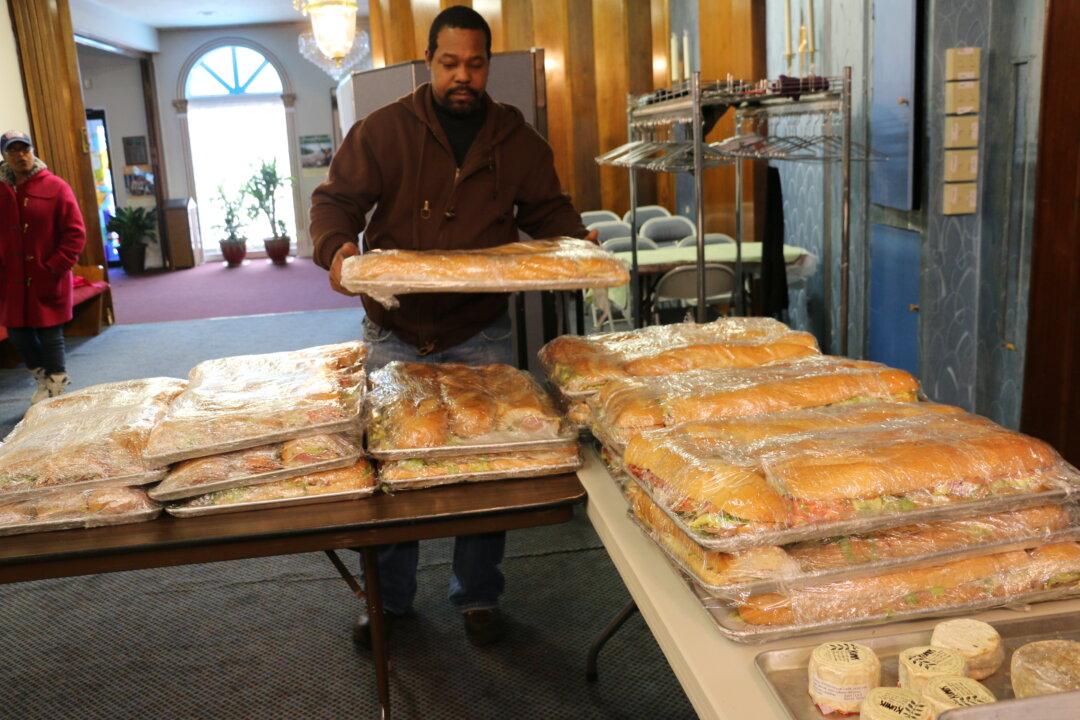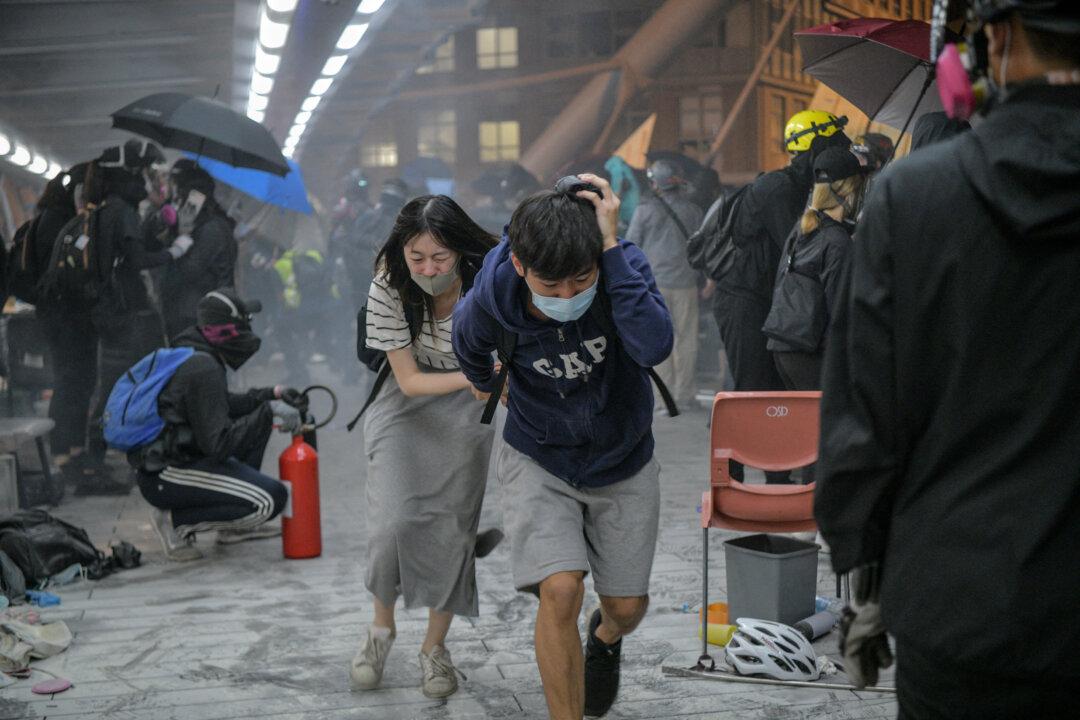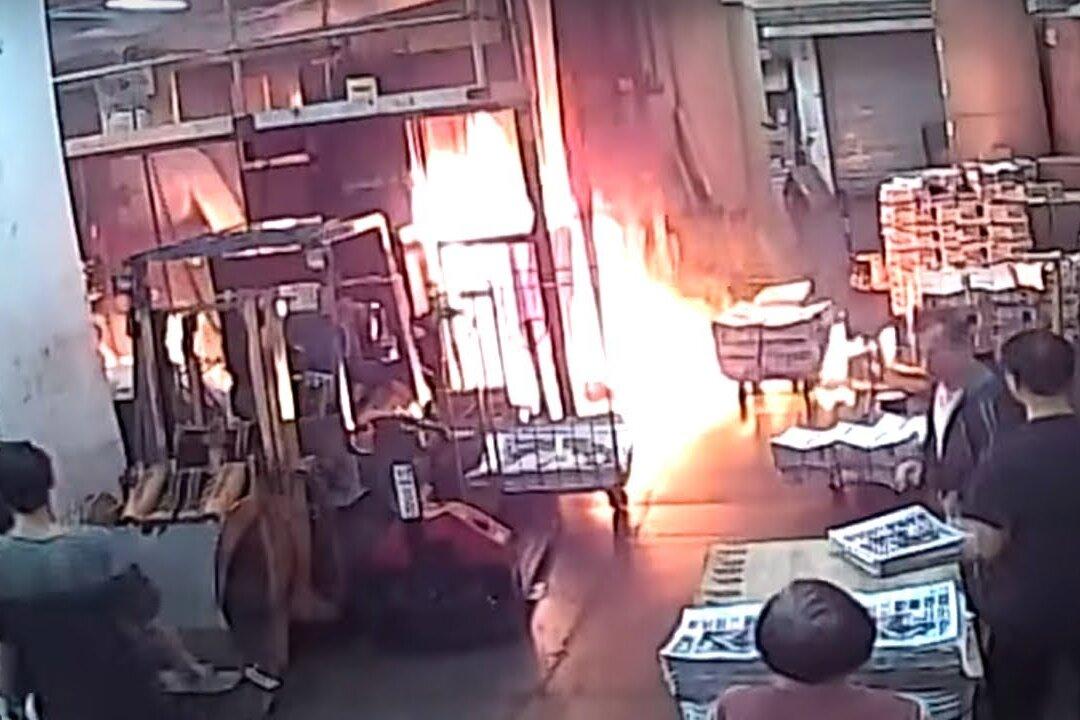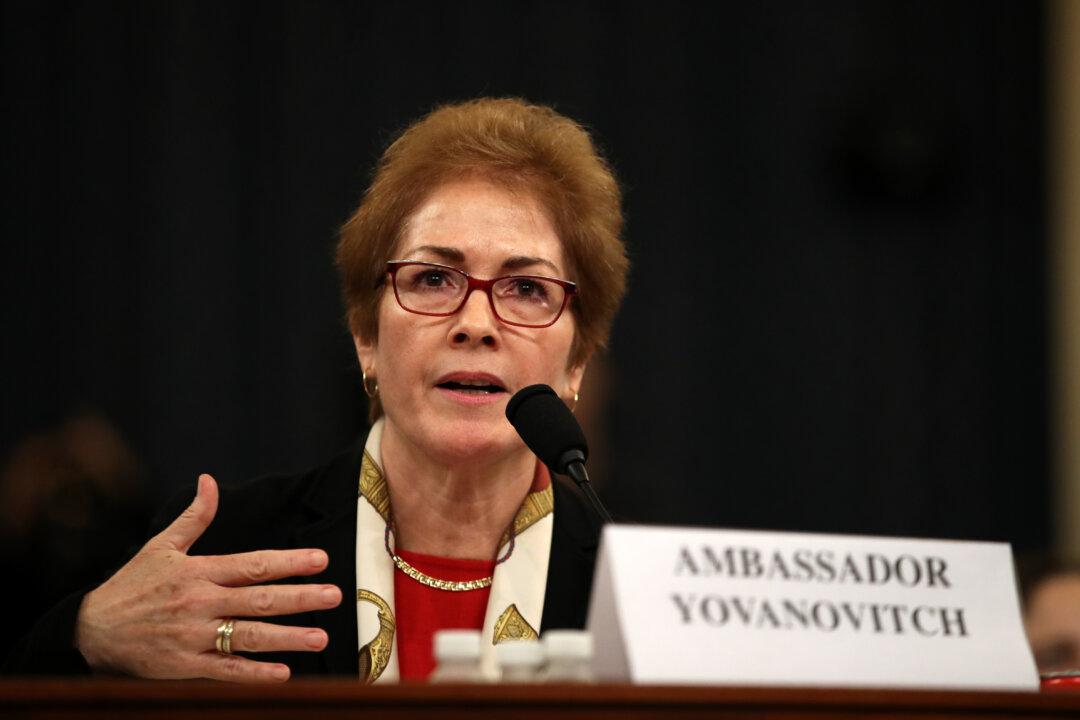NEW YORK—Even with over 82,000 people at the MetLife Stadium for the Super Bowl in New Jersey Sunday, there was leftover food after the game—and plenty of it.
Reverend Milton Biggham of Mount Vernon Baptist Church collected about 900 pounds of it Monday morning and that was only his first trip.
“They took us to where the food was and just gave us the freedom to get what we wanted,” said Biggham.“So we got lots of food.”
And it was not all hamburgers and hot dogs like they usually get from these types of sporting events. Trays of lasagna, fruits, blocks of goat cheese, sausage, and cream pies were all unloaded from a truck and into the church by a handful of volunteers as heavy snowfall covered the streets Monday.
Mount Vernon Baptist Church is in one of the poorest areas of Newark, N.J. The church does not have a daily or weekly soup kitchen, but when there is a need, they step up.
“We have a telephone system that we call the phone tree and we can put a message on the phone tree and it goes out to 400 members of our church. That’ll be out in the next hour. So then they’ll come,” said Biggham.
Because of over 4 inches of snow that fell in the morning, he did not think all the food would be gone by Monday, but estimated it would be gone over the next two days.
Rock and Wrap It Up
Mount Vernon Church has been doing food recovery from local events for the last eight years, ever since Biggham got a call from a nonprofit called Rock and Wrap It Up.
Rock and Wrap It Up was started in 1991 by Syd Mandelbaum, whose parents almost starved to death as teenagers in a Nazi concentration camp. He started the think tank to keep food out of landfills and save food charities money on food so they could spend more on overhead.
Rock and Wrap It Up started recovering untouched food from rock bands (thus the name) in New York in 1991 and now works with 43,000 organizations across North America, including hotels, sports clubs, schools, and bands. This is the first time it has recovered food from a Super Bowl, but by no means is this its first sporting event.
“When we got to New York, his organization Rock and Wrap It Up already had a network of food organizations and soup kitchens and food banks that he was in touch with,” said Jack Groh, the director of the NFL’s Environmental Program, about Mandelbaum. “Plus he was already working with both of the local teams—the New York Jets and the New York Giants.”
Rock and Wrap It Up also recently introduced its Whole Earth Calculator app, which converts pounds of food into the pounds of methane and CO2, which have been prevented from going into the atmosphere.
According to Mandelbaum, who did the conversion for 31,487 pounds of food, the Super Bowl recovery effort saved 24,220 meals, 25,190 pounds of CO2, and 22,671 pounds of methane.
The app automatically posts this information to various social media platforms so that others will be encouraged to do the same, combating both hunger and food from ending up in the landfill.
Assessing the Carbon Footprint
Over the last 20 years, the NFL has started to look at its carbon footprint, as well as its impact on the host community of the Super Bowl. Part of that impact is the waste that is generated and how it can be mitigated.
“The Super Bowl isn’t just a football game. It might have started that way 48 years ago but over the years it’s evolved into a huge American Holiday,” said Groh. “So it’s become an enormous product as opposed to just a game and as part of that, the NFL has tried to look at all different aspects—what can you do to make Super Bowl a valuable property and one thing we can do is we can address environmental concerns in the community.”
The food that is not fit to be served again will be composted, Groh said, and they will try to recycle as much of the stadium waste as possible.





